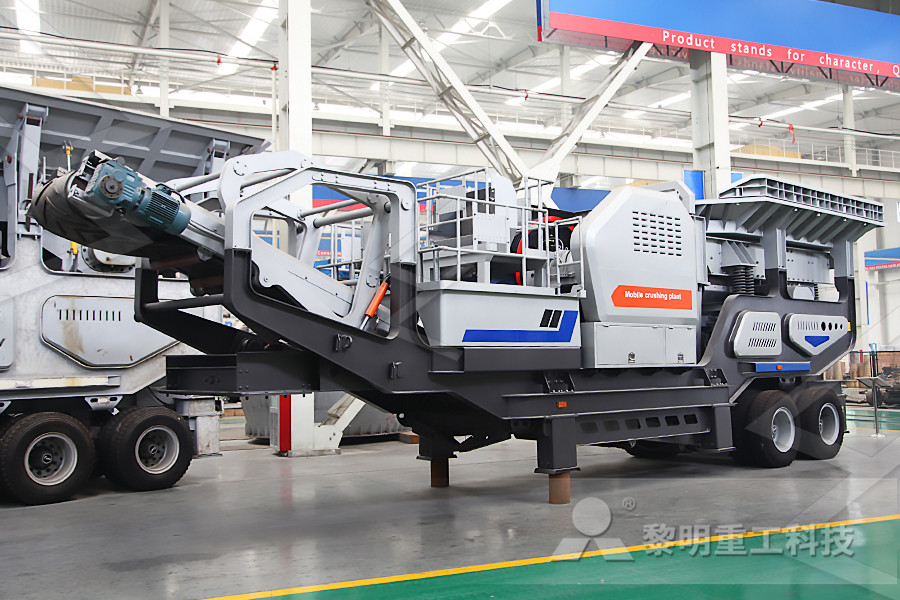
Aggregate Gradation Table Salmon Bay Sand Gravel Co
Material: U S: 1/2″ 3/8″ #4 #8 #16 #30 #50 #100 #200: MM: 125: 951: 475: 236: 118: 0600: 0300: 0150: 0075: Building Sand: 100: 95100: 4580: 1030: 210 26–6 (210vi–NEH, October 1994) Chapter 26 Gradation Design of Sand and Gravel Filters Part 633 National Engineering Handbook Table 26–13 Data for designed filter band 26–29 Table 26–14 Design filter band data for example 26–6 soil 26–34 Table 26B–1 Selected standard aggregate gradations 26–41 Figures Figure 26–1 Grain size distribution curve for fine clay base soil 26–9Chapter 26 Gradation Design of Sand and Gravel FiltersAggregate gradation curves: (a) maximum density gradations for 375 and 475 mm sizes based on the Fuller relationship; (b) a uniform aggregate; (c) a gapgraded aggregate; (d) screenings02 Aggregate Gradation Memphis

Grading of Aggregate Ultimate Guide – Construction How
Apr 11, 2020 Why is Aggregate Gradation Important for a Concrete Mix? A concrete mix essentially contains cement, coarse aggregates (crushed stones), fine aggregates (sand) and water Cement plays the role of a binding agent, water acts as a lubricating agent (providing workability to concrete) and aggregates are the main constituents incharge of the Gradation Charts The charts below show typical gradations of various products based on required specifications from agencies and organizations such as state DOTs, AASHTO, etc AntiSkid Coarse Aggregates Fine Aggregates MicroSurfacing Rip Rap Aggregate Ordering TipsGradation Charts New Enterprise Stone Lime Co, IncOct 05, 2019 Gradation of Aggregates Definition The particle size distribution of an aggregate as determined by sieve analysis is termed as gradation of aggregates If all the particles of an aggregate are of uniform size, the compacted mass will contain more voids whereas aggregate comprising particles of various sizes will give a mass with lesser voidsThe particle size distribution of a mass of Gradation Of Aggregates Types of Aggregate Grading
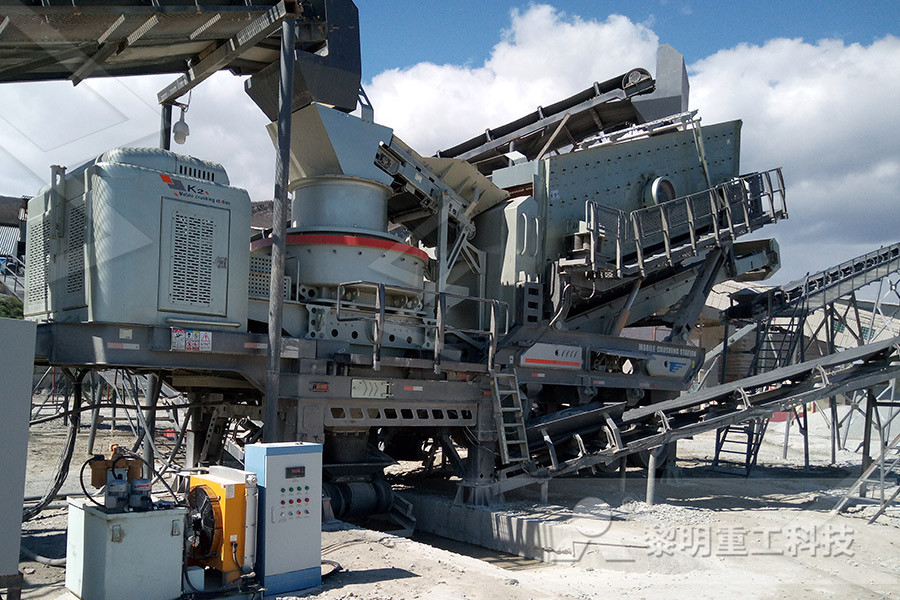
What is Grading of Aggregates and Grading Limits?
🕑 Reading time: 1 minuteGrading of aggregates are determination of particle size distribution of aggregates Grading of aggregates is an important factor for concrete mix design These affect the concrete strength as well as durability Proper grading is important for concrete construction Following tables provides details for grading limits of aggregates Grading Limit for Single []from 40 to 55 depending on the aggregate type and intended use Aggregate: A mixture of coarse to finegrained particulate material used in construction, typically including sand, gravel, and crushed stone Aggregates 101 Common Aggregates in PA Aggregate sieves used to separate material by size (gradation) passes through a 4” screen½ inchAggregates 101 Common Aggregates in PA2 If using aggregate produced from concrete pavement with only one type of aggregate but repaired with concrete patches with a different aggregate type C Aggregates for Optimized Gradation 1 Coarse Aggregate Requirements a Coarse aggregate includes all aggregate particles greater than or retained on the 3 / 4inch sieve bDIVISION 9 – MATERIALS

Sand / Media Specifications
media for intermittent sand filters is a coarse sand with an effective size between 03 mm and 05 mm The media sand grains should be relatively uniform in size having a low Uc value (less than 40) to promote movement of water and prevent clogging KEYWORDS: sand/ Gradation of Aggregates Sieving for particle size distribution is the primary test requested for construction aggregate samples Whether field samples are being tested to evaluate a new aggregate source or just coming in as part of daytoday quality Aggregate Gradation: Testing Tips and Tricks Gilson CoSummary of Typical Aggregate Gradations Test Results as of: May 2014 Percentages are stated as follows: State Allowed / Herb Holden Tested Rolled Granular BaseBottom Layer 5" Minus Sandy Bank Run 3/8" Stone Bedding Sand Septic Sand 3/4" Process 11/4" Process 2" Process Stone Dust 2" Stone 1/2" Process No 6 (M0101) No4 (M0101)Bank Run Crushed Stone Processed Gravel Fine Aggregates
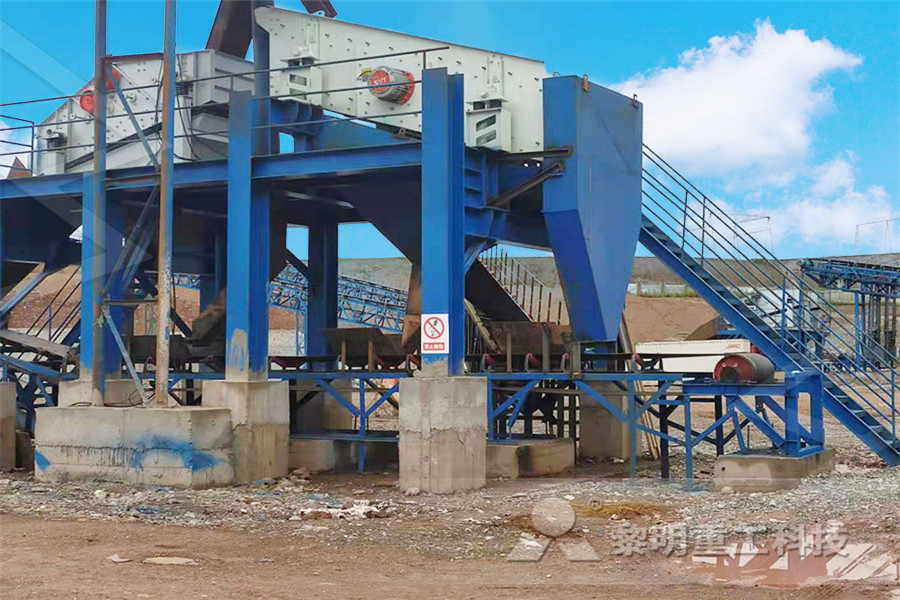
Optimized Gradation for Concrete Paving Mixtures
material (as portland cement) and a mineral aggregate (as sand and gravel) with sufficient water to cause the cement to set and bind the entire mass (MerriamWebster) Concrete 101 • Determine how fine aggregate gradation impacts the box test: Keep the ratio of coarse and fine sand constant Vary the gradation of the fine sand Aggregate Gradation Control System (AGCS) Construction and Demolition Debris Sand as a Fine Aggregate for Trench Backfill; Crushed Gravel Producer SelfTesting Program; Crushed Slag Producer Certification and SelfTesting Program; Designation of Aggregate Information on Shipping TicketsAggregate Illinois Department of TransportationAug 21, 2019 Gradations, Dvalues and uniformity coefficients are all components of particle size distribution and analysis of aggregate materials Particle size analysis is extremely important in order to determine the cost, quality, and performance of a particular aggregate for the project at hand For example, silica sand used for water filtration Gradations, Dvalues and uniformity coefficients what

SIEVE ANALYSIS OF FINE AND COARSE AGGREGATES
AND COARSE AGGREGATES AASHTO T 27 SCOPE The sieve analysis, commonly known as the gradation test, is a basic essential test for all aggregate technicians The sieve analysis determines the gradation (the distribution of aggregate particles, by size, within a given sample) in order to determine compliance with design,Jun 11, 2021 Plot the gradation curve taking the size of particles on the xaxis and cumulative percentage passing on the logarithmic yaxis Plot the limiting gradation curves to qualify the sample as per the standard Note: For a sand sample, the sieve analysis data Sieve Analysis Of Coarse And Fine Aggregates Pit Run SandGravel – Aggregate for Asphaltic Mixtures TR 112 TR 113 Method B Recycled PCC – Aggregate for Concrete Mix TR 112 TR 113 Method B sample size in order to determine the gradation of fine aggregate DOTD TR 11311 Rev 12/11 Page 5 of 19 Method A Method of Test for SIEVE ANALYSIS OF FINE AND COARSE AGGREGATE DOTD SIEVE ANALYSIS OF FINE AND COARSE AGGREGATE
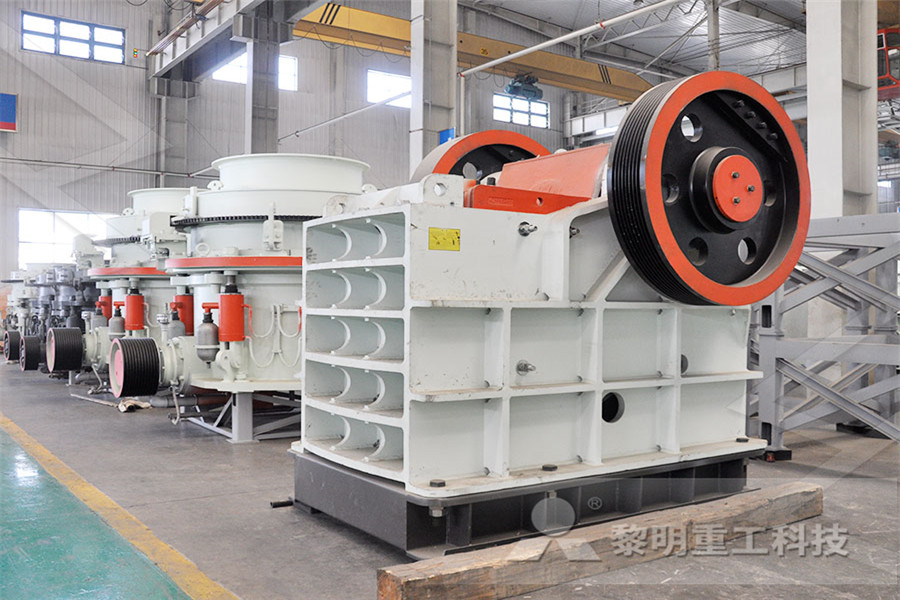
Standard Classification for Sizes of Aggregate for Road and
41 Some contract documents specify certain aggregate sizes for specific uses or may suggest one or more of these sizes as appropriate for the preparation of various endproduct mixtures In some cases, closer limits on variability of the aggregate grading are required 5 Manufacture 51 The standard sizes of aggregate described in this clasSand Splitter Miniature Stockpile Quartering Size of Test Sample (After Splitting) 9/1/13 CHAPTER FOUR TESTING Gradation Sieving Gradation Requirements Fine Aggregates Coarse Aggregates B Borrow and Structure Backfill Riprap Aggregate Base Subbase Aggregate Pavements or ShouldersInspection Sampling Procedures for Fine Coarse • FM of coarse aggregate can also be calculated and can aid in blending coarse and medium size materials FM Gradation are NOT the SAME 30 Fine Aggregate Gradation • Fineness Modulus (FM) should be between 23 and 31 • FM is empirical # determined by dividing the sum of percent retained on a standard series of sieves by 100Aggregates for Use In Concrete
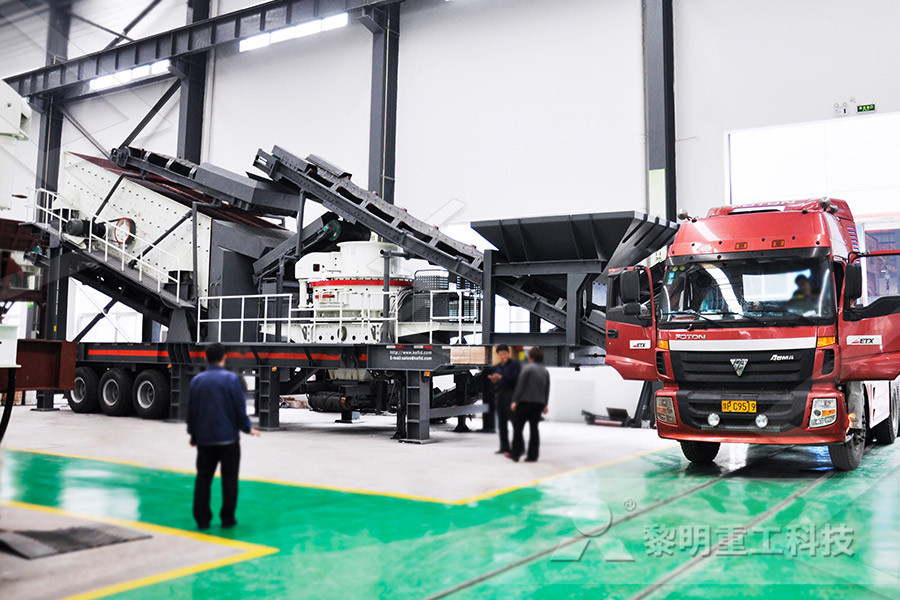
Aggregate Gradation Matters Concrete Construction Magazine
Jan 06, 2016 Our sand gradation has changed, but our supplier says it still meets ASTM C33 Shouldn’t the concrete stay the same if the sand still meets the requirements? Answer: How we purchase and sell aggregates is quite different, and it can lead to trouble Most specifications require coarse and fine aggregate to conform to the requirements STONE 27 1600 15% Stone Aggregate Brick Aggregate 4 Aggregate Fine aggregates shall be angular (gritty to touch), hard and durable, free from clay, mica and soft flaky pieces Sand is a Sieve Analysis and Gradation of Coarse and Fine AggregatesC33 was really designed for natural sand Gradation doesn’t fit man sand Doesn’t mean man sand gradation is bad ASTM C33 allows alternate gradations The language about minus #200 and concrete subject to abrasion Minus #200 in man sand is not clay or clay like International Center for Aggregate Technology found that man sand with up toManufactured Sand in Concrete PennDOT Home

Chapter 26 Gradation Design of Sand and Gravel Filters
consist of sand, gravel, or a sand and gravel mixture placed in embankments, foundations, and backfill of hydraulic structures, or in other locations to reduce seepage pressure A drain’s most important design feature is its capacity to collect and carry water to a safe outlet at a * Gradation Numbers 24, 25, 3, 4A, and 4 are main line ballast materials * Gradation Numbers 5 and 57 are yard ballast materials 2 Old Pa # = The old Pennsylvania Department of Transportation reference to aggregate sizing 3Gradations Size and Grading Chart for Coarse AggregatesThe grading curves of sand, gravel and granite for sieve analysis are as shown in Figs 2 and 3 The effects of aggregate gradation, amount, and size on pervious portland cement concrete (PCC (PDF) Gradation of Aggregates and its Effects on
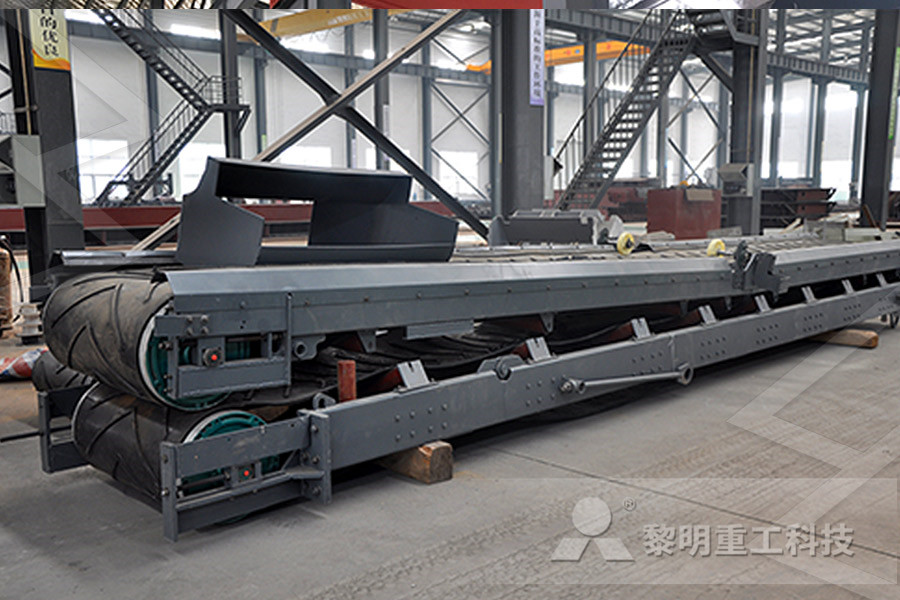
Fine aggregate its impurities and its gradation , limits
Fine aggregate is an essential ingredient in the making of concrete, and this is the mainstay of the building industry Hence it must be procured with all care and vigilance Here are a few points to remember while you purchase sand for buildings, Firstly ensure the sand is free from clay lumps, silt and other organic impuritiesAggregate Gradation Control System (AGCS) Construction and Demolition Debris Sand as a Fine Aggregate for Trench Backfill; Crushed Gravel Producer SelfTesting Program; Crushed Slag Producer Certification and SelfTesting Program; Designation of Aggregate Information on Shipping TicketsAggregate Illinois Department of TransportationSand Splitter Miniature Stockpile Quartering Size of Test Sample (After Splitting) 9/1/13 CHAPTER FOUR TESTING Gradation Sieving Gradation Requirements Fine Aggregates Coarse Aggregates B Borrow and Structure Backfill Riprap Aggregate Base Subbase Aggregate Pavements or ShouldersInspection Sampling Procedures for Fine Coarse

Gradations, Dvalues and uniformity coefficients what
Aug 21, 2019 Gradations, Dvalues and uniformity coefficients are all components of particle size distribution and analysis of aggregate materials Particle size analysis is extremely important in order to determine the cost, quality, and performance of a particular aggregate for the project at hand For example, silica sand used for water filtration Sand manufactured from synthetic aggregate meeting the requirements of Section 800 may be blended with natural sands or manufactured sands made from crushed stone or gravel for use in miscellaneous concrete as described in Section 441 Blend at least 50 percent natural sand or manufactured sand made from crushed stone or gravel 4 Concrete SandSection 801 Fine AggregateModified is only available at our Coquitlam Sand and Gravel Pit We also produce a consistent gradation of natural washed 2014mm Septic Stone (3/4x1/2”) that meets local municipal standards Lafarge Canada Inc Aggregate Dispatch: 6044556226 G R E A Septic Sand ASTM C33 Aggregates Division

PART 2 CONSTRUCTION MATERIALS
200152 Sand for Asphalt Concrete The sand shall conform to the gradation specified for asphalt concrete in 200155 200153 Sand for Portland Cement Concrete Sand for portland cement concrete shall be washed and shall conform to the gradation specified for portland cement concrete in 200155 and the following quality requirements:Each aggregate gradation and a sand equivalent test represents no more than 500 cu yd of AB or 1 day's production, whichever is smaller 26 102 MATERIALS 26 102A General Aggregate must be clean and consist of any combination of the following: Broken stone Crushed gravel Natural roughsurfaced gravel Sand26 AGGREGATE BASES• FM of coarse aggregate can also be calculated and can aid in blending coarse and medium size materials FM Gradation are NOT the SAME 30 Fine Aggregate Gradation • Fineness Modulus (FM) should be between 23 and 31 • FM is empirical # determined by dividing the sum of percent retained on a standard series of sieves by 100Aggregates for Use In Concrete

Aggregate Sampling Inspector Programmed Instruction Manual
gradations for specific uses So, after the aggregate producer crushes and screens aggregate to meet one of the AASHTO sizes, it is the responsibility of the sampler to best represent the producer’s efforts More will be said about some of the other terms listed on the table later In addition to AASHTO sizes,aggregates—sand, gravel, crushed stone, and aircooled blastfurnace slag—produce freshly mixed normalweight concrete with a density (unit weight) of 2200 to 2400 kg/m 3 (140 to 150 lb/ft 3) Aggregates of expanded shale, clay, slate, and slag (Fig 53) are used to produce structural lightweight concrete with a freshly mixed densityAggregates for Concrete Memphis